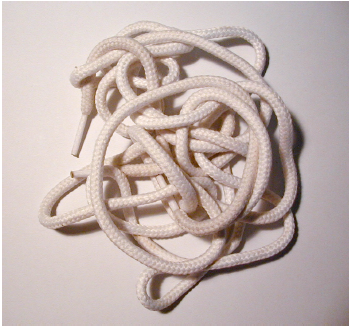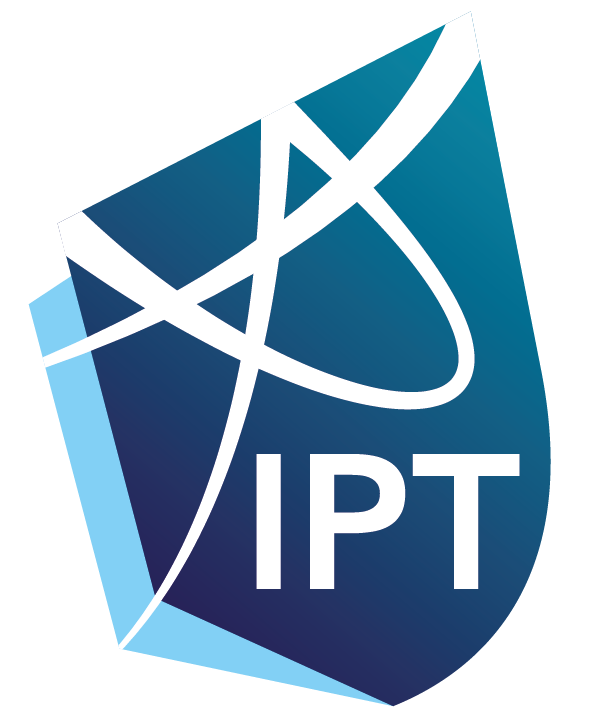IPT Problems 2025
Click here to download the IPT 2025 Problem list in PDF format.
Click here for the mobile-friendly PDF.
If you have any questions about the list, or if you feel that some problems need clarification, please write to us using the contact form. We will publish your questions and our answers below each problem.
Release date: Sept. 11th, 2024.
Last revision: Sept. 11th, 2024.
All the problems, to stimulate a good discussion, have been formulated as open physics questions. That’s why the statement is never too stringent and it is assumed that every phenomenon will be studied both theoretically and experimentally (when possible) with dependence on all the most relevant parameters. More than that, there is not any general understanding of the task condition. If your interpretation of a certain problem condition corresponds to the written one and is interesting enough and your investigation is challenging and broad – the jury members will most likely award you with nice marks. Surely, your team is not expected to spend years on every problem. So you should carefully consider your time budget and choose the most important and interesting parameters to study together with doing your best on both the theoretical model and experimental confirmation.
This year, we continue with the mapping of the IPT problems to the United Nations’ Sustainable Development Goals. We hope it will help our participants to realise and to justify the impact of their work on the IPT problems, and emphasise the continuous commitment of the IPT to education and innovation. See the SDG icons near each problem for the mapping details.
- Rip Fast
Is it possible to tell how fast a sheet of paper has been torn into two pieces by examining its torn edges? Investigate how the edge patterns depend on the tearing dynamics and the kind of paper that is used. What types of paper give the largest and smallest estimation uncertainty in the tearing speed?
- Bouncing Honey
When honey is dripping from a spoon, the trickle can stop flowing, oscillate up and down before flowing again. Explain the phenomenon. Investigate how the oscillations depend on the relevant parameters.
- Oscillating Rings
Take two ferromagnetic rings of different radii and tie them by a string. Connect another string to the larger ring at the same point. Now holding the whole construction by the second string, you can suspend it in the air by a magnet placed above (see link below). Being held only by these vertical strings, the rings are free to rotate around the vertical axis. Investigate their rotational motion based on the parameters of the system (magnetic permeability of the rings, moments of inertia, positions, thickness, etc). What happens if you replace the central ring with a disk?
https://drive.google.com/file/d/1hyvaKpPFhtNlJ_Grksj_DE4sJMujqyFy/view - Traveling Flame
Under certain circumstances a flame can travel along an open canal (see link below). Explain the phenomenon. Investigate its lifetime and speed. Under which circumstances does it display a periodic behavior? Maximize the lifetime of a traveling flame for a given amount of fuel.
https://www.youtube.com/watch?v=SqhXQUzVMlQ
- Flying Coin
One can make a coin fly from a table into a plate placed on it by blowing on it from a certain angle. Investigate the movement of the coin and how it depends on the relevant parameters. What is the maximum height of the plate’s edge such that the coin still lands on/in it? Can you predict the face on which the coin lands based on the relevant parameters?
https://youtu.be/CFOmBmYBJw8?si=746ZM-J5HOGFyLTl - An Optimal Candle
Maximize the luminosity of a candle by varying its size and shape for a chosen wick. What shape should it have to ensure that, when the wick has fully burnt out, all the wax has also completely vaporized away?
- Tea Stripes
When looking on the surface of hot tea, over time a stripe formation can be seen. Explain the phenomenon and estimate the characteristic time of pattern formation and stripe size. Hint: Usually, this phenomenon is observed when using hard water for tea.

- Kelvin Dropper
A reservoir containing a conducting liquid is connected to two hoses that release two falling streams of drops, which land in two containers. Each stream passes through a metal ring or open cylinder which is electrically connected to the opposite receiving container. After a while, a spark may be observed between two conducting rods connected to the setup. Use this setup as an electrical generator. Investigate and optimize its power efficiency.
https://arxiv.org/pdf/1707.06861
https://www.youtube.com/watch?v=rv4MjaF_wow - Chaotic Laces
If a sufficiently large number of shoelaces is rotated in a centrifuge with water – similar to a washing machine – the laces become entangled. Investigate the number of knots in a single lace, as well as knots between different laces. Study the length distribution of the longest resultant rope that can be formed as a function of the number of laces and their individual length?

- Rotating Ring
When a magnetic ring is left at the top of a ferromagnetic rod, several types of motion can be observed. Under which conditions does each type of motion appear? Which types of motion lead to the longest fall time for a given ring radius?
https://www.youtube.com/shorts/UlFNOCading - Soft Rescuer
Under certain circumstances, soap bubbles don’t break when they fall on a soft carpet. Investigate this phenomenon. What is the maximal landing speed that a bubble can survive for a given carpet? - Rubber Shot
Estimate the highest possible launch speed of a rubber band using its own extension. What is the maximal speed that can be reliably achieved over multiple shots with the same rubber band?
- Paper Blade
Investigate the conditions for a paper sheet to cut through different materials. What is the strongest material the paper blade can cut through?
- Loud Bicycle
Some cyclists attach ratchets made of clothes pegs and plastic plates that touch the spokes of a wheel. When the bike is rolling, the plates are repeatedly hit by the spokes, causing sound emission. How loud can one make this sound? Optimize the setup for a usual bicycle at normal speed, while keeping the bicycle operational. - Creeping Salt br>
When concentrated brine (water and dissolved salt) is allowed to evaporate in a container,
the salt precipitates and forms small crystals. But more surprisingly, many
crystals form outside the container. The salt crawls away from the walls of the container
and may cover the outer walls or climb up a plunging rod.
Explain the phenomenon. What is the maximum height that salt crystals can reach
on the rod? Maximize the amount of salt that can be extracted on the rod per unit
volume of evaporated solution via this method.

- PET Bottle Rocket
Build your own rocket using a single PET bottle and add any modifications you like. The working principle of the rocket should be via expulsion, without any combustion or chemical reactions. Investigate what are the limits of the height and the speed of such rockets.
https://www.scienceworld.ca/resource/pop-bottle-rocket-part-i-action-and-reaction/
https://www.grc.nasa.gov/www/k-12/rocket/BottleRocket/about.htm - The Slinky
When one places a slinky at the top of a staircase, it can be pushed to travel in its peculiar motion down the stairs. Investigate how the average slope influences the motion of the slinky. What is the minimal average slope such that the slinky successfully reaches its steady periodic motion? What happens if you replace the stairs with an inclined plane?
For the preselection each team must submit a report on one of the following problems: 4. Traveling Flame, 10. Rotating Ring, 14. Loud Bicycle.
Countries with national selections may also choose 6. An Optimal Candle or 11. Soft Rescuer.
Collecting suggestions for IPT 2026
If you have a problem in mind for the 2026, please let us know. You can view the previous problems below for a little inspiration!
As a guideline, the problems should have a degree of “open-endedness”, should not have a well-documented solution/published solution, should be safe, and should be something that most general physics departments can have access to or easily afford in the case experiments are to be carried out (strongly recommended!).
Archive

